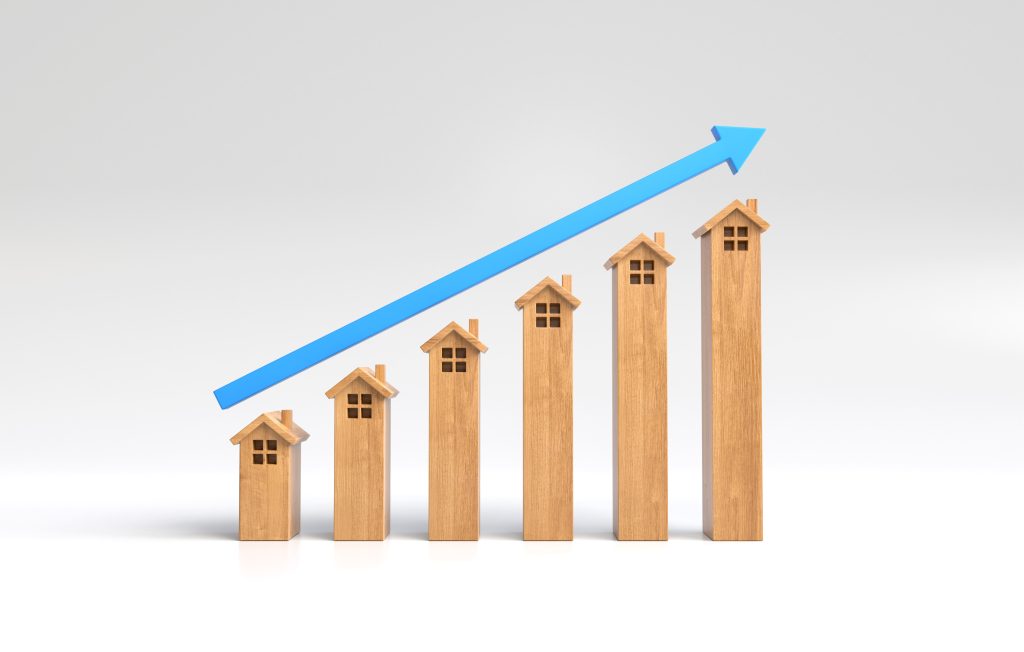The U.S. rental market is on the brink of a significant transformation. After an unprecedented building boom that introduced over 1.2 million new apartments in the past two years, the demand for rental units is surging, setting the stage for a robust recovery in rent prices. This resurgence is a welcome development for landlords and investors who have weathered the challenges of high vacancy rates and stagnant rent growth. As the market dynamics shift, the future looks promising for the rental housing sector.
The recent construction boom, the largest in four decades, initially led to a glut of vacancies as the market struggled to absorb the influx of new units. However, this trend is now reversing. According to a recent analysis by CoStar, apartment demand has reached its highest level since 20211. This surge in demand is driven by several factors, including a steady economy, high home prices, and a return to urban living as more companies enforce return-to-office policies.
One of the key drivers of this renewed demand is the economic stability that has characterized the past few years. Despite global uncertainties, the U.S. economy has remained resilient, providing a solid foundation for consumer confidence. As a result, more people are seeking rental housing, either as a stepping stone to homeownership or as a long-term living arrangement. This trend is particularly pronounced in urban areas where job opportunities and amenities are abundant.
High home prices have also played a significant role in boosting apartment demand. With the cost of homeownership remaining out of reach for many, renting has become a more attractive and viable option. This shift is evident in cities like New York, Los Angeles, and San Francisco, where the high cost of living has traditionally driven strong rental markets. As home prices continue to rise, the rental market is expected to benefit from an influx of residents who prefer the flexibility and lower upfront costs associated with renting.
The return-to-office mandates implemented by many companies are further fueling the demand for urban rentals. Cities that serve as major employment hubs are experiencing a resurgence in rental demand as employees seek housing closer to their workplaces. For instance, Seattle has seen a notable increase in leasing activity among Amazon employees preparing for the company’s new office attendance policy2. This trend is likely to continue as more companies follow suit, reinforcing the appeal of urban living.
The positive outlook for the rental market is also reflected in the growing confidence among investors. Sales of apartment buildings have increased for two consecutive quarters, particularly in high-demand metros like Denver and San Francisco2. Investors are drawn to the potential for higher returns as vacancy rates stabilize and rent prices begin to climb. This renewed interest is a testament to the resilience and long-term viability of the rental housing market.
While the overall market trends are encouraging, regional variations persist. Coastal cities and Midwestern metros have led the country in rent renewals, with growth rates exceeding 5% in recent months2. In contrast, some Sunbelt cities, which experienced a construction boom, are still grappling with high vacancy rates. Austin, Texas, for example, has the highest vacancy rate in the nation at 15%, prompting landlords to offer significant concessions to attract tenants1. Despite these challenges, the broader market trends indicate a positive trajectory for the rental sector.
Looking ahead, the slowdown in new construction projects is expected to further bolster the rental market. While approximately 672,000 new units are slated for completion by the end of 2024, the number of new projects is projected to decline significantly in 2025 and beyond2. This anticipated reduction in supply, coupled with sustained demand, is likely to give landlords more pricing power, potentially leading to rent increases in the coming years.
The implications of this trend extend beyond the rental market. As rents rise, housing affordability will become an increasingly important issue on the political stage. Policymakers at both the federal and local levels will need to address the challenges posed by rising housing costs to ensure that affordable housing options remain available for all residents. This could lead to new regulations and initiatives aimed at balancing the interests of landlords and tenants.
Albert Dweck says in conclusion, the U.S. rental market is poised for a period of robust growth as apartment demand surges following a historic building boom. The combination of economic stability, high home prices, and a return to urban living is driving this positive trend. While regional variations exist, the overall outlook for the rental housing sector is bright. Investors and landlords can look forward to a more favorable market environment, characterized by higher occupancy rates and the potential for rent increases. As the market continues to evolve, it will be essential to address the challenges of housing affordability to ensure that the benefits of this growth are shared by all.
